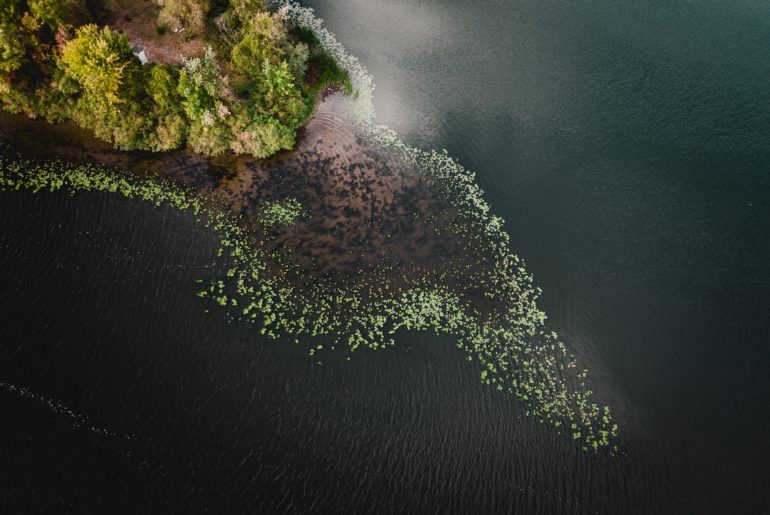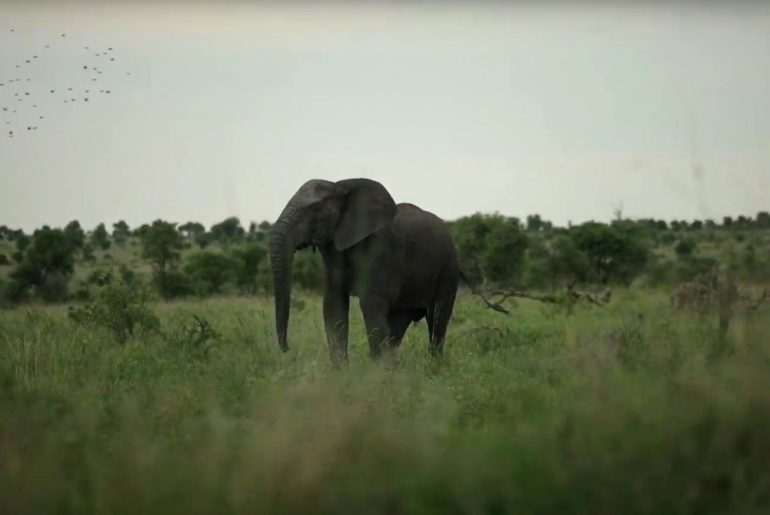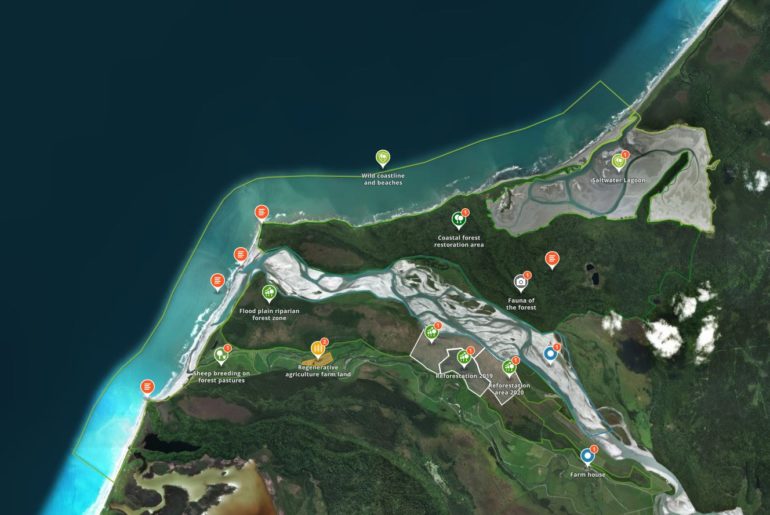Authenticity, context, and transparency.

Image of the image gallery of the REDD + Tambopata — Bahuaja Project. Click the image to visit the project presentation. (© Asociación para la Investigación y Desarrollo Integral — AIDER). Explore the project.
Discovering a good landscape story is like discovering a rare species. Once they are discovered they generate much interest and people are eager to not miss the next episode.
Forest and landscape projects are responsible for communicating their project activities to their stakeholders, potential supporters, and the public.
As today, communication is mainly online, communicators of landscape projects are facing the challenges of:
- How to differentiate from social media noise?
- How to tell a story in a way that it builds trust and meaningful connections in the real world with people actively supporting the project?
From the following project story example, which is told with the support of a map-based platform, we have derived 3 guiding principles for successful project communication.
Noise
There is a lot of noise on the internet. Too much information, low quality, and with little context. Everyone can post a picture of a Jaguar, a red list bird or the photo of a planted tree on Twitter, Facebook or Instagram.
Every morning I find these information snippets in my inbox shouting at me with hundreds of notifications from social media, unwanted newsletters, and advertising. Filtering out the noise is unpleasant and exhausting.
For communicators of landscape projects, it is difficult to cut through this noise. Shouting louder than the rest only contributes to the noise and will not help to connect with the right audience.
What does this mean for project communication? What do the social media information snippets really tell us about the evolvement of the entire project’s story?
There is a lack of substance and depth!
We see photos of planted trees on social media, but we do not know the location, how many have been planted, when, or if this is even true? What will their aftercare be like? What are their chances of survival? There is a lack of available data, context, and hence transparency!
This type of fragmented information snippet does not create trust. And this makes it difficult to build lasting connections with stakeholders, potential funders, and the public.
Connection
So how can you stand out and build a meaningful connection with the right audience, the audience you want?
With authentic storytelling, based on context and transparency and preferably in real-time!
Example of a transparent project
The ‘1 Million Trees Program’ run by our client Fairventures Worldwide is an inspiring example of how opening the data has lead to an unprecedented level of transparency.
I’m going to tell this story backed with screenshots of their interactive web map.
The project is located in Central Kalimantan, Borneo.

The project region is facing heavy deforestation due to industrial palm oil concessions (yellow polygons) and logging concessions (red polygons).
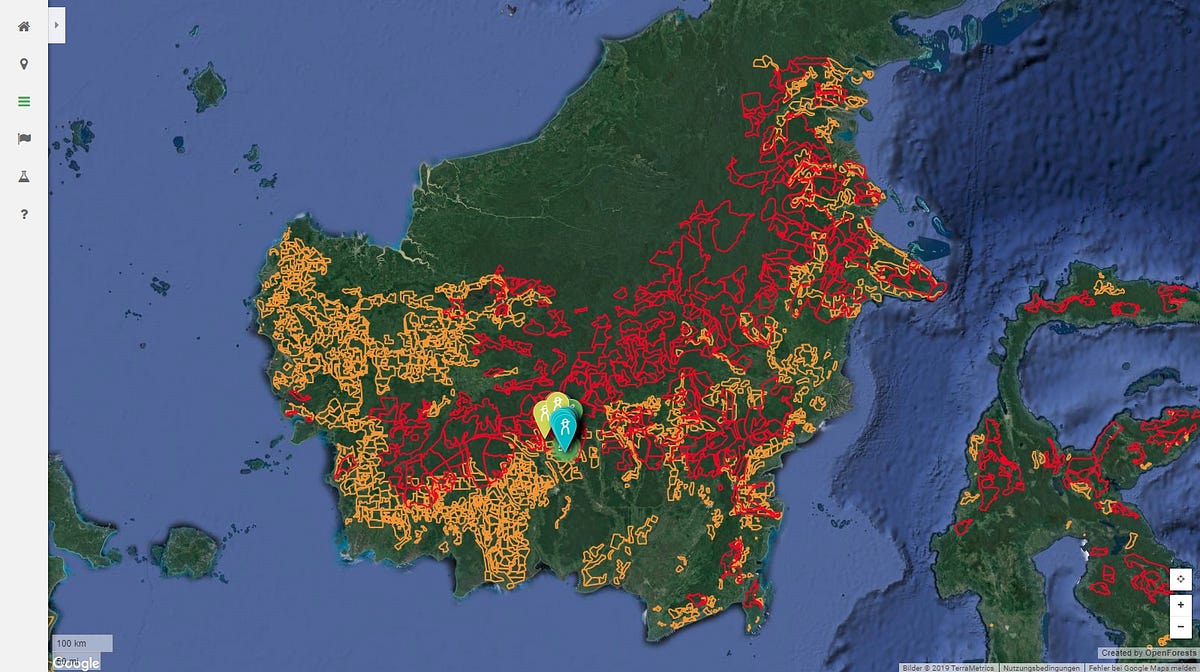
By comparing satellite images from 2000 and from 2015 we can see how in the project region the forest cover has been converted into palm oil plantations.
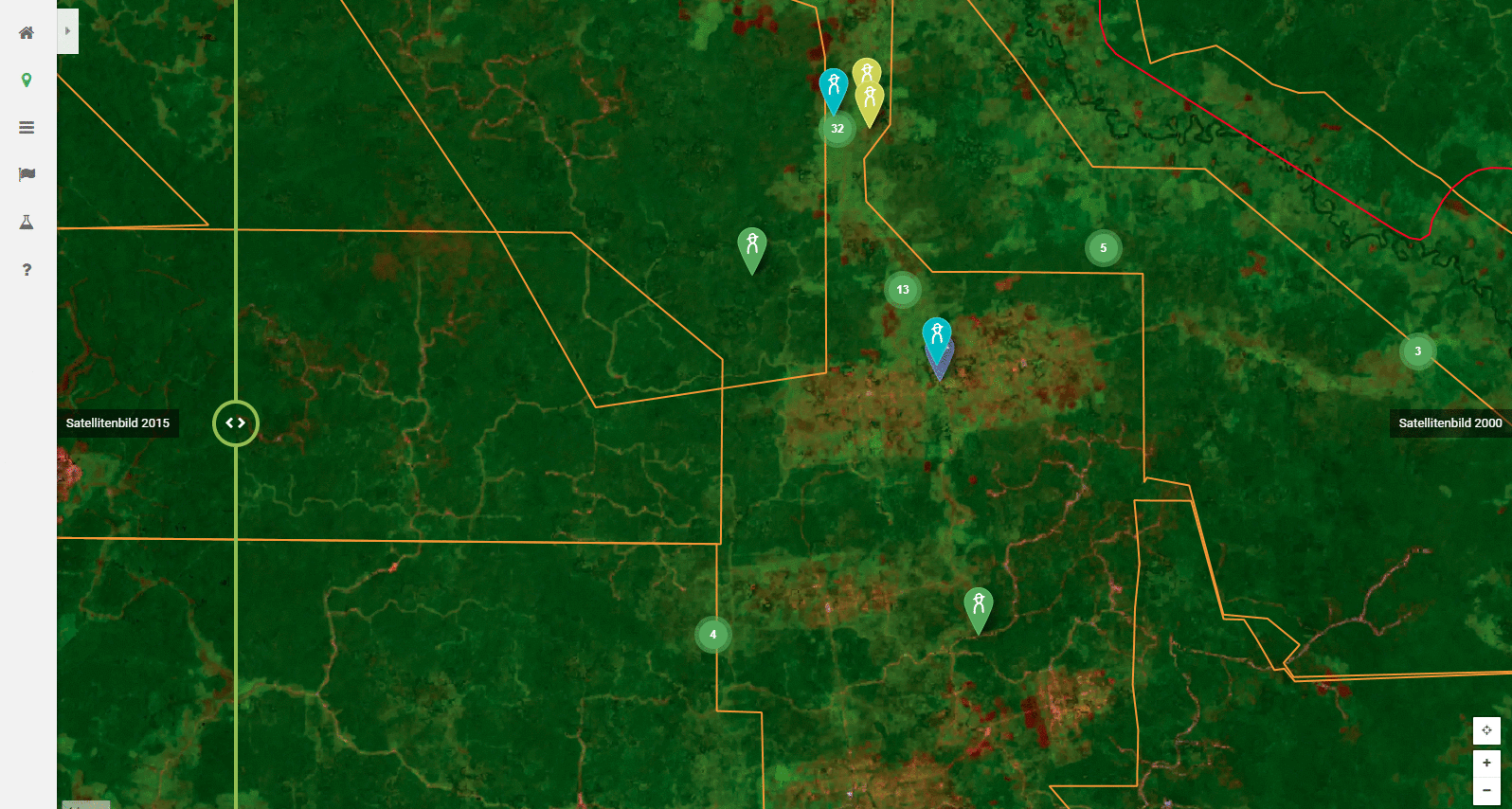
Besides the industrial deforestation, informal goldmines have also become a significant driver of deforestation. They also play an important role as an income source for the local population.
You can see the impacts of such gold mines on the landscape with the help of a 360° aerial panorama perspective. Click the image to explore the panorama.
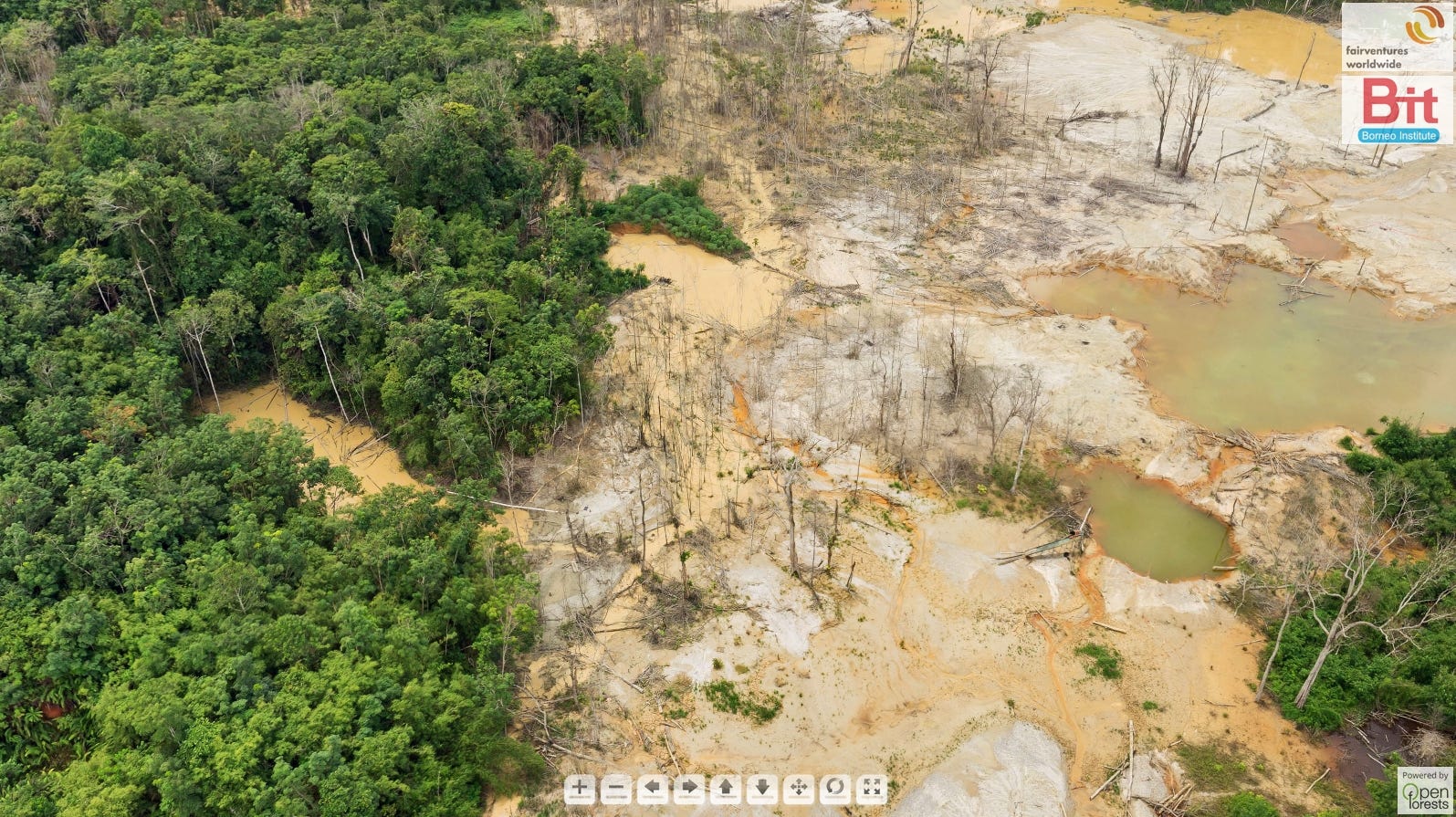
This is the situation. So what can Fairventures do about it?
Fairventures has put tremendous efforts into developing more sustainable economic alternatives to palm oil and gold mining.
By providing tree seedlings, training, and a digital mapping infrastructure, they motivate farmers to plant a fast-growing local tree species, that even grows on degraded land. Further, cocoa and peanuts are inter-cropped into the reforestation plots, to provide a more sustainable income for the farmers.
At sites with low quality satellite imagery, high-resolution drone photo maps (in this case from 2016 and 2017), is providing evidence of the planting success.
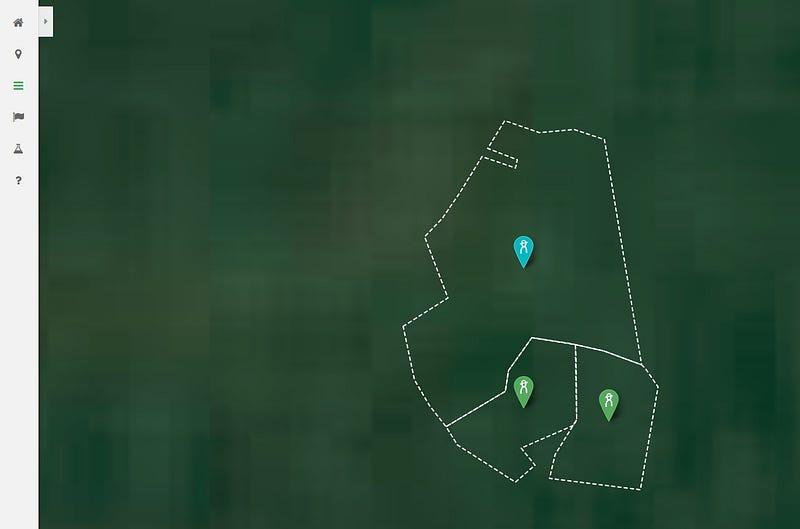

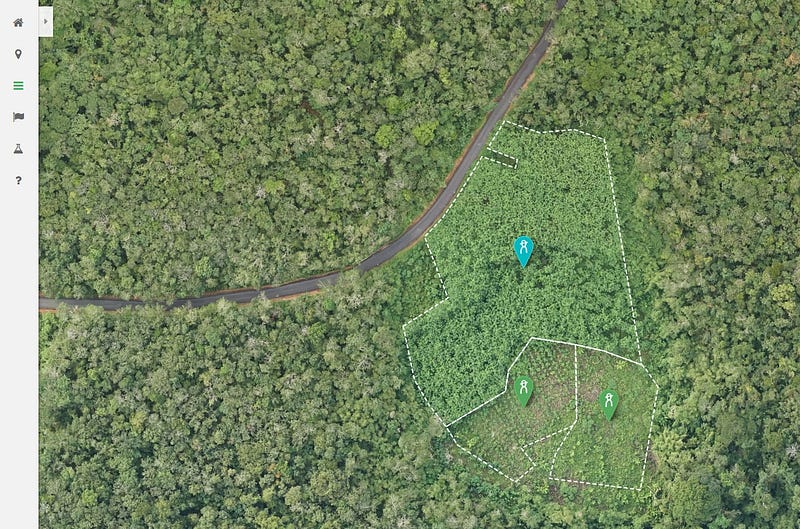
Further, the reforestation site of each small-holder is mapped and monitored with a mobile app. Polygons delineate the planting zones, marking where the trees stand.
The collected data is opened up to the public. It becomes transparent where the trees are planted, how many this year, who planted them, how much they have grown.
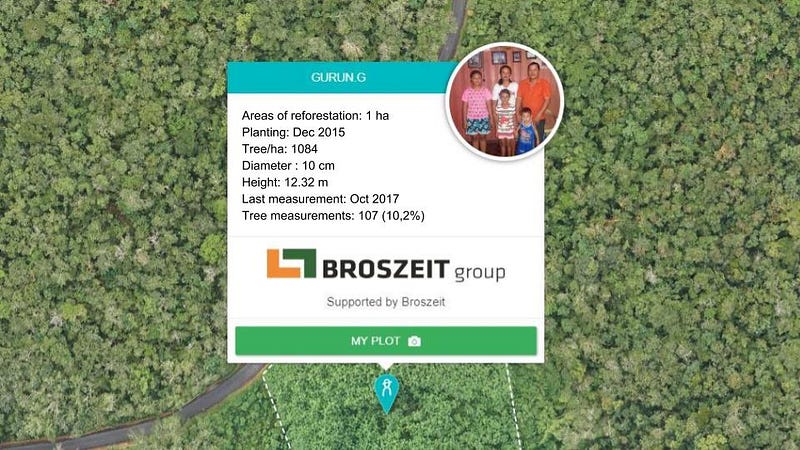
The growing numbers of farmers participating in this project and the increased engagement of sponsors prove the project’s success.
3 Principles for sharing your project story
From this story, we can derive 3 guiding principles for sharing your landscape story.
- Tell an authentic story: Give your audience an authentic insight, by simply showing what you do on the ground: your work, the people, nature, your successes, but also the failures. The real story! Say what you do. Do what you say.
- Provide context in time and space: Place your stories in the context of the entire project, on a map. Show the different locations, the geographic context. Visualize your impact on the landscape with high-resolution satellite or drone imagery (before and after). Let the audience freely explore your project.
- Show transparency, open your data: High-quality landscape projects already have a lot of management information. Open the data up to your audience. Publicly. Make it exciting to explore the data on an interactive web map. Raise the bar to a level of ultimate transparency and clearly distinguish your project as one that is legitimate and high-quality. Stand out and build trust.
(More reading on the topic of transparent project communication.)
Communicate with interactive maps
Every project can contribute to landscape restoration with its unique approach to creating diverse and healthy landscapes. We are eager to hear and see more inspiring stories like the story of Fairventures.
With explorer
Impressions of the explorer.land functionalities.
OpenForests at the Global Landscapes Forum 2018.

